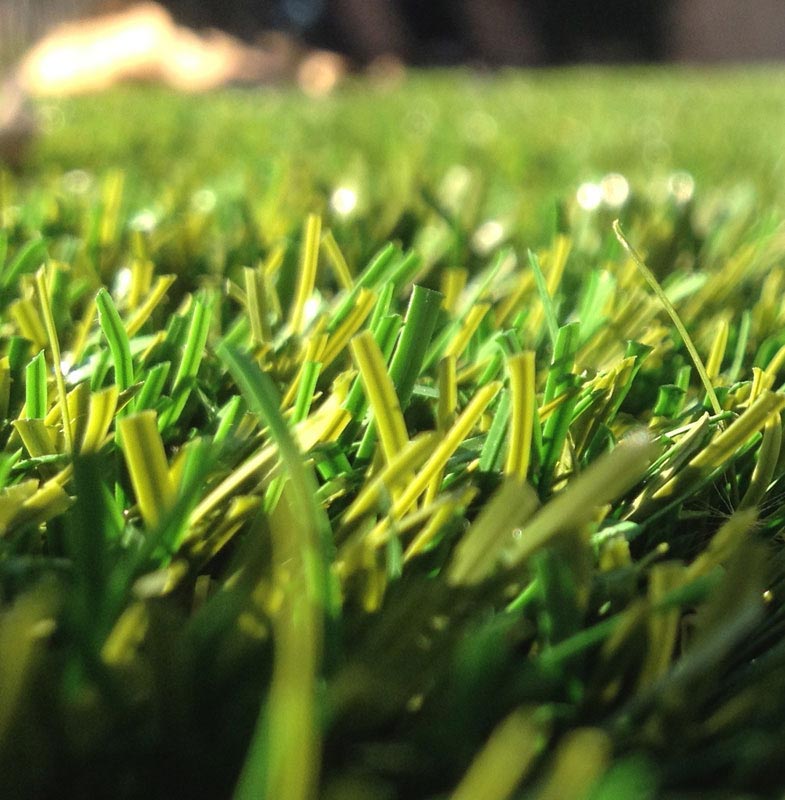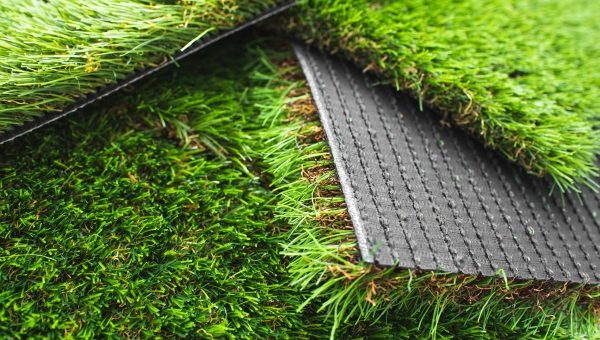Skilled Arizona Turf Installation Solutions for Residential and Commercial Use
Skilled Arizona Turf Installation Solutions for Residential and Commercial Use
Blog Article
Look Into the Environmental Conveniences of Opting for Synthetic Grass Solutions
The adoption of synthetic grass solutions offers a compelling opportunity to address pressing ecological challenges. By considerably minimizing water usage and reducing the application of hazardous chemicals, these options not only promote sustainable landscaping yet additionally safeguard regional environments. Moreover, the lower carbon footprint related to reduced maintenance activities adds to a much more sustainable approach to land monitoring. Nonetheless, the ramifications of these advantages prolong past simple conservation initiatives, questioning about their long-lasting influence on habitat conservation and overall environmental equilibrium. Checking out these dimensions discloses a complicated interaction worth considering.
Water Preservation Advantages
One of one of the most significant advantages of synthetic grass is its ability to preserve water. Standard lawn lawns require substantial irrigation, specifically in locations prone to drought or water limitations. In comparison, synthetic grass does not require watering, dramatically reducing the overall need for water sources. This attribute is specifically advantageous in deserts where water deficiency is a pushing issue.
By removing the need for routine watering, synthetic grass contributes to lasting landscape practices and assists alleviate the ecological impact of extreme water consumption. The conservation of water prolongs to the decrease of drainage, which can lead to dirt erosion and waterway contamination.
Furthermore, the installation of man-made lawn permits municipalities and home owners to assign water sources extra efficiently, focusing on important uses such as alcohol consumption water and farming. The change towards synthetic grass not only promotes accountable water usage but also straightens with broader ecological objectives targeted at preserving natural resources.
As areas progressively focus on sustainability, the water preservation benefits of synthetic grass offer an engaging situation for its adoption in industrial and domestic landscape design jobs.
Minimized Chemical Usage
The transition to synthetic grass dramatically reduces the reliance on chemical treatments typically used in all-natural lawn upkeep. Typical lawn monitoring typically involves the application of chemicals, herbicides, and fertilizers to advertise development and control pests. These chemicals can posture dangers to human health, regional wildlife, and the setting, adding to dirt and water contamination.
In comparison, synthetic grass removes the requirement for these unsafe materials. Once mounted, it needs marginal upkeep, largely consisting of regular cleansing and occasional infill replenishment. This decrease in chemical usage not only profits the immediate setting but likewise adds to wider environmental security. By decreasing the launch of synthetic compounds into the ecosystem, man-made lawn promotes much healthier dirt and water systems.
Furthermore, the lack of chemical overflow related to synthetic turf installments assists secure neighborhood rivers from pollution, sustaining marine life and maintaining biodiversity. Artificial turf companies phoenix. As areas significantly prioritize sustainable methods, selecting fabricated lawn offers a sensible solution that straightens with environmental preservation objectives. With this change, homeowner can delight in lush green spaces without jeopardizing ecological wellness, leading the method for a much more sustainable future
Reduced Carbon Impact

In addition, the installation of fabricated lawn can cause considerable water preservation. Natural yards need considerable amounts of water for irrigation, which not just contributes to the carbon footprint related to water removal and therapy but additionally strains local water resources. In contrast, artificial grass requires marginal upkeep, requiring no watering, therefore substantially lowering water usage and its linked energy costs.
Furthermore, the durability of artificial grass adds to its lower carbon influence. With a life-span of as much as 15 years or more, the requirement for regular replacements is lessened, causing much less waste and reduced power intake in production and disposing of traditional grass alternatives. In general, synthetic grass offers a lasting alternative for eco conscious landscaping.
Habitat Conservation
Habitat conservation is a crucial factor to consider in the dispute over landscape design options, especially when comparing synthetic grass to all-natural grass. Natural yard yards usually require substantial maintenance, including the usage of pesticides, herbicides, and fertilizers, which can detrimentally affect regional environments. These chemicals can leach right into the soil and waterways, damaging native flora and fauna and disrupting neighborhood environments.
Fabricated lawn removes the need for unsafe chemicals, thus safeguarding nearby wildlife and preserving the stability of surrounding communities. The installment of artificial turf can lead to the conversion of former grass locations right into even more biodiverse landscapes, recommended you read such as pollinator gardens or native plant locations, which can support local wild animals.
Ultimately, the transition to man-made grass not only saves water and minimizes maintenance efforts but additionally cultivates a more harmonious relationship in between human tasks and the all-natural atmosphere, promoting habitat preservation in the procedure.
Long-Term Sustainability
Long-lasting sustainability is an essential factor in assessing the advantages of fabricated grass over traditional yard lawns. Among one of the most substantial advantages of synthetic grass is its durability; it can last approximately 15-20 years with marginal maintenance, whereas natural lawn requires constant reseeding and replacement. This longevity lowers the requirement for constant sources, such as water, plant foods, and pesticides, which are vital for maintaining a healthy and balanced yard yard.
Additionally, synthetic grass adds to a reduction in carbon exhausts connected with grass care devices. Conventional grass typically call for gas-powered mowers, leaners, and blowers, all of which add to air contamination. Arizona turf. In comparison, synthetic grass removes the need for such tools, advertising a cleaner atmosphere
In addition, the manufacturing of fabricated grass significantly utilizes recycled materials, enhancing its sustainability profile. As makers take on environment-friendly techniques, the ecological footprint of artificial turf remains to lessen.

Final Thought
The fostering of synthetic grass remedies offers substantial ecological benefits, consisting of significant water preservation, minimized dependence on harmful chemicals, and a reduced carbon impact. Artificial turf help in protecting natural habitats by lessening land disruption and promoting lasting sustainability through the use visit here of durable products. Jointly, these variables highlight the capacity of fabricated turf to contribute favorably to environmental wellness and supply a practical option to standard landscaping methods in an increasingly resource-conscious world.
In comparison, fabricated grass does not need watering, considerably minimizing the general need for water resources. By lessening the launch of artificial substances right into the ecological community, synthetic turf advertises healthier soil and water systems.
Moreover, the setup of fabricated grass can result in substantial water conservation. In comparison, synthetic lawn requires very little maintenance, needing no watering, thereby dramatically decreasing water usage and its connected energy costs.

Report this page